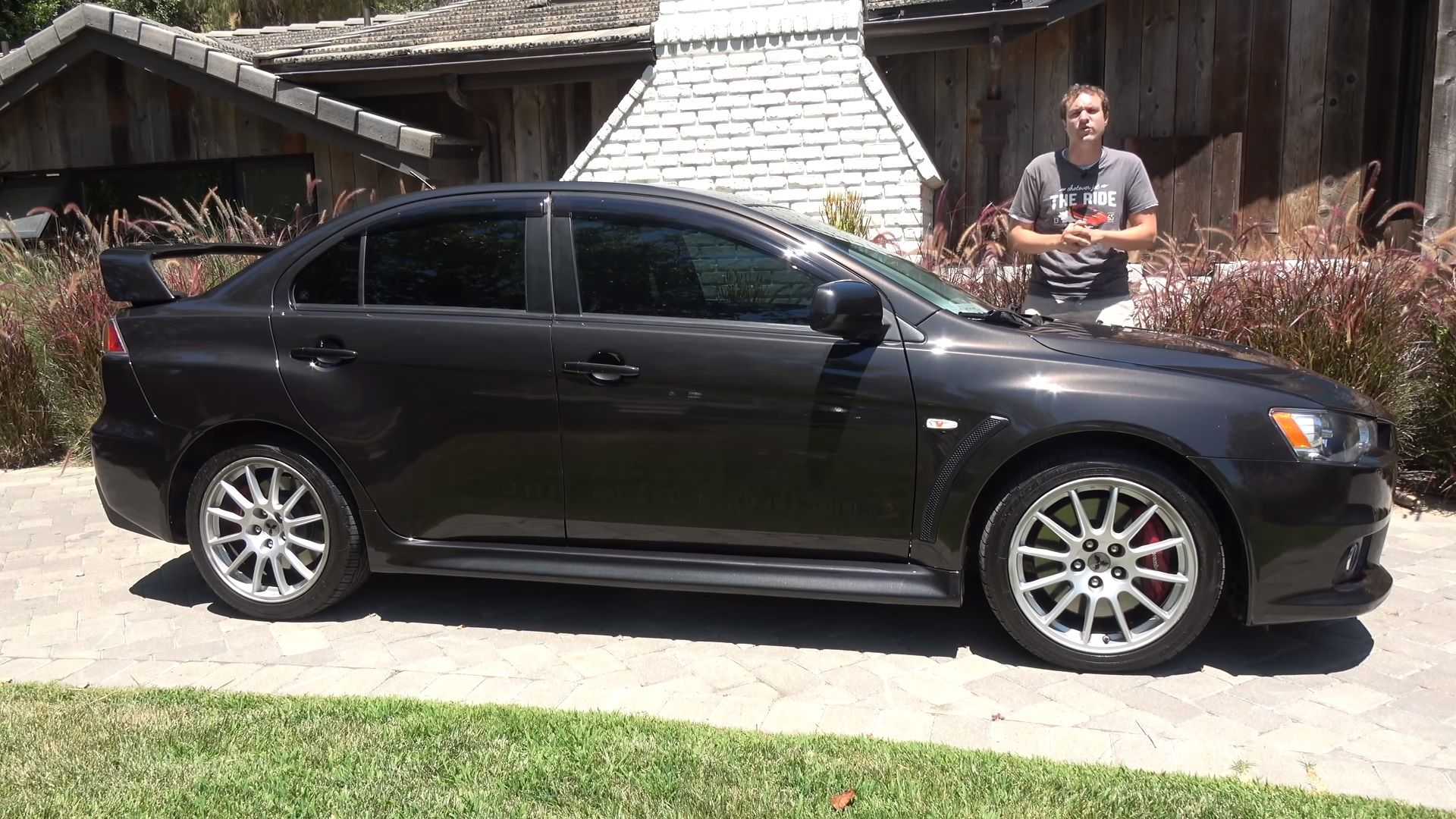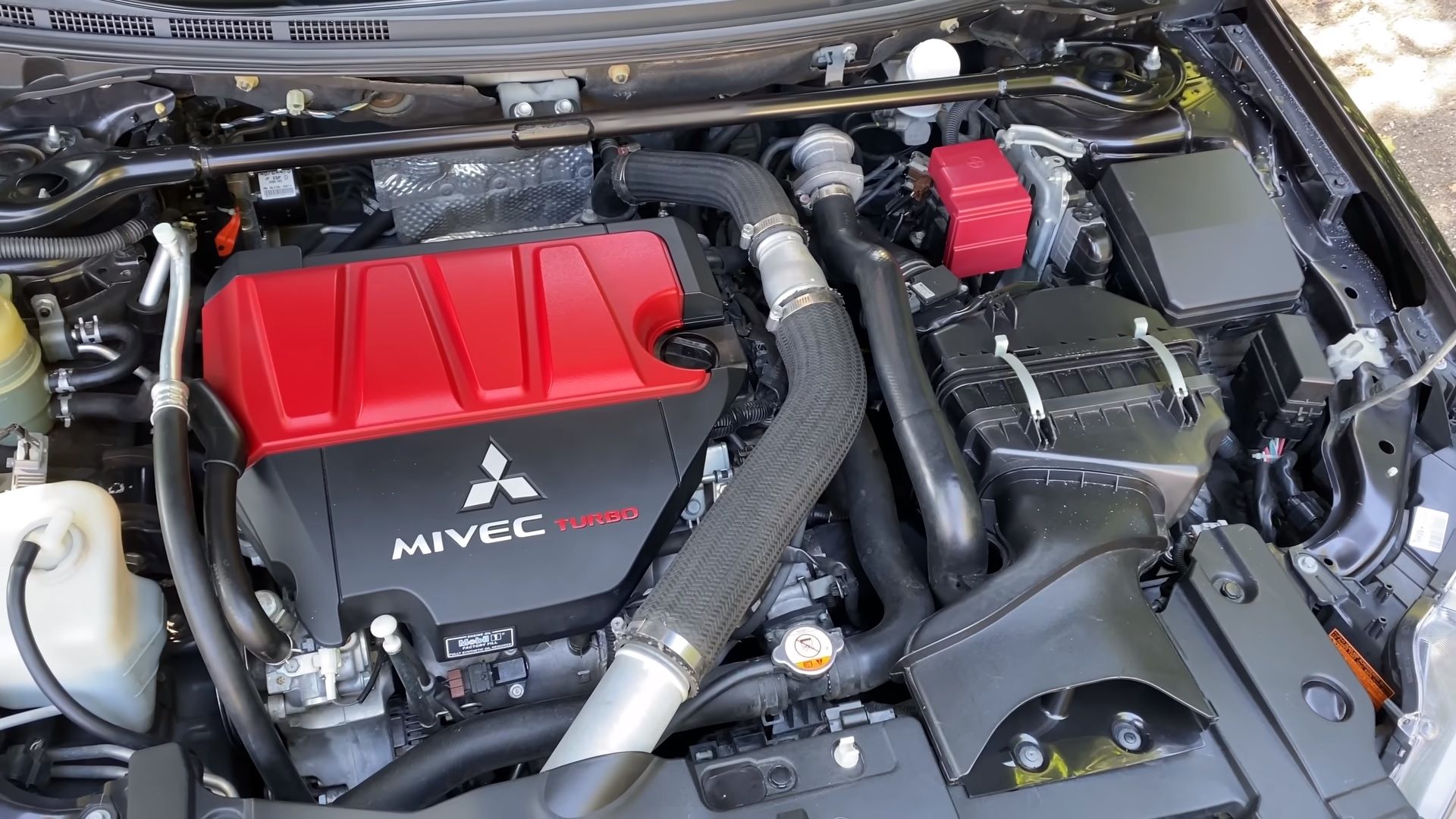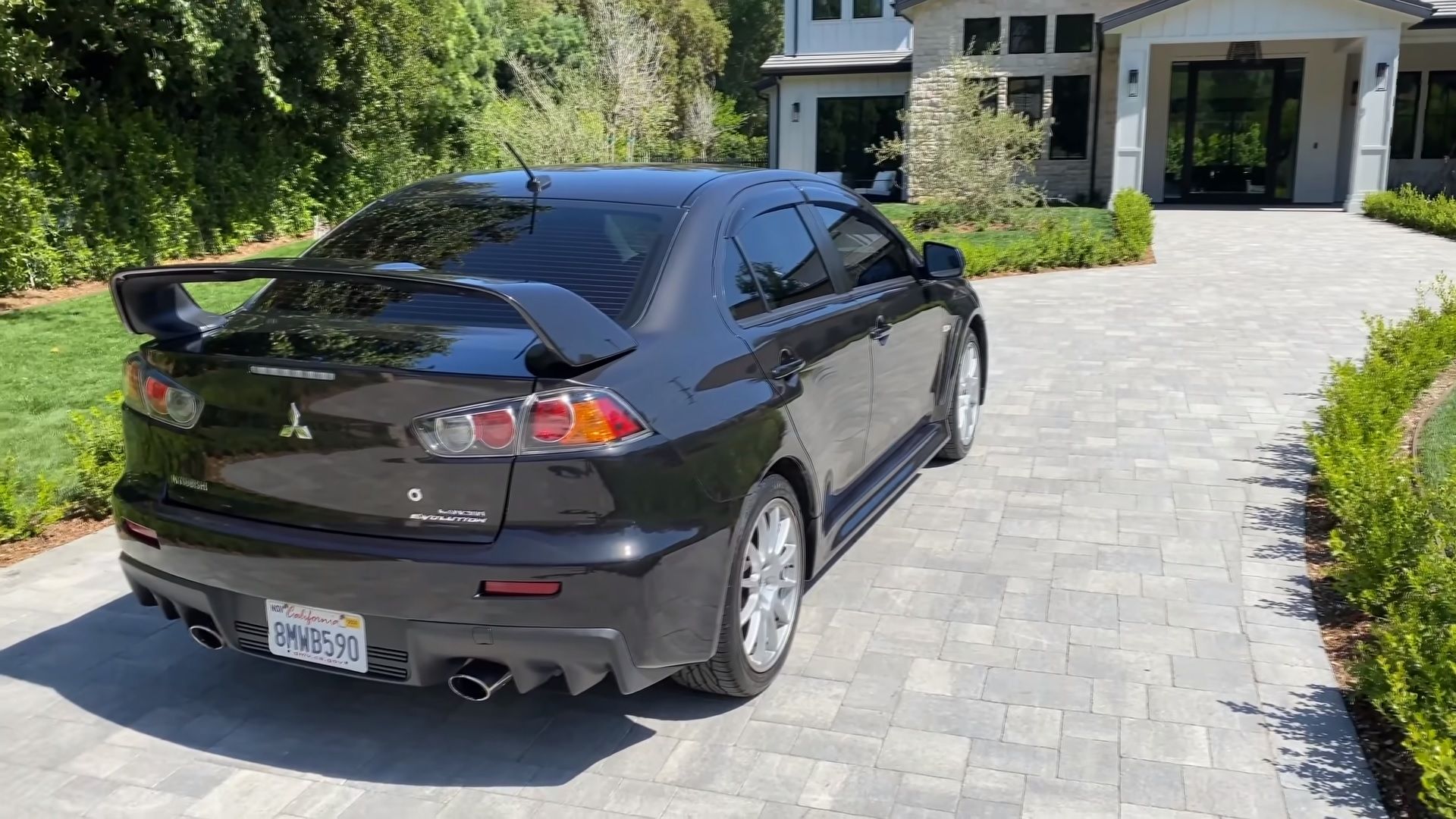In a way, we can say that the memory of the Lancer Evo is still clean, because Mitsubishi didn’t use the name on a crossover…yet. But with the Eclipse Cross out and about, God knows what might be in store for the Lancer and the Evo nameplate.
Now, if we made you angry, we’re sorry. Here, there’s a 23-minute video of Doug DeMuro dissecting the Lance Evo. It should make you feel better.
Born out of the need to race better
By the late 1980s, Mitsubishi’s Galant was a feared force on rally stages. But Europe’s roads were tight, so carmakers had to use smaller, nimbler race cars to stay competitive.
Looking to adapt to the conditions, Ford replaced the Sierra with the Escort, Subaru swapped the legacy for the Impreza, and the Toyota Corolla replaced the Celica.
The first Evo had 244 horsepower, but that output went up along the way. The rally racing rivalry with Subaru also helped, as it pressed Mitsubishi to crank out better and better versions of the Lancer Evolution, which culminated with the Evo X (that’s the Roman 10, not the letter x, by the way).
It took a while for the Lancer Evo to reach U.S. shores. In happened in 2003, when the Evo VIII became the first Lancer Evolution to be sold in America. And yeah, it was hard to drive, the clutch was too stiff, but at the same time, the Lancer Evo was a frigging race car with four doors and a big trunk. And that’s what got every car enthusiast head over heels for it.
Sadly, the Lancer Evo was axed after the 2015 model year, but not before Mitsubishi introduced the 303-horsepower, almost $40,000 Lancer Evolution Final Edition, which didn’t offer a navigation setup or a backup camera - a proper nod to the car’s rally origins, come to think of it - and a five-speed manual.
So let this video be a nod back to one of the most awesome sports sedans to roam this world’s asphalt.



